Photos: Ancient Circular Geoglyphs Etched into the Sand in Peru
Swirls

Archaeologists have mapped dozens of circular geoglyphs etched into the sand near the ancient Peruvian town called Quilcapampa in the Sihuas Valley. The geoglyphs they mapped have different ring-shaped designs, some comprising several intertwined rings.
Some of the geoglyphs consist of three or more circles. This particular geoglyph is one of the most complex. It has at least six rings arranged in an irregular pattern. Click on to check out more images of these geoglyphs …
Draped in fog
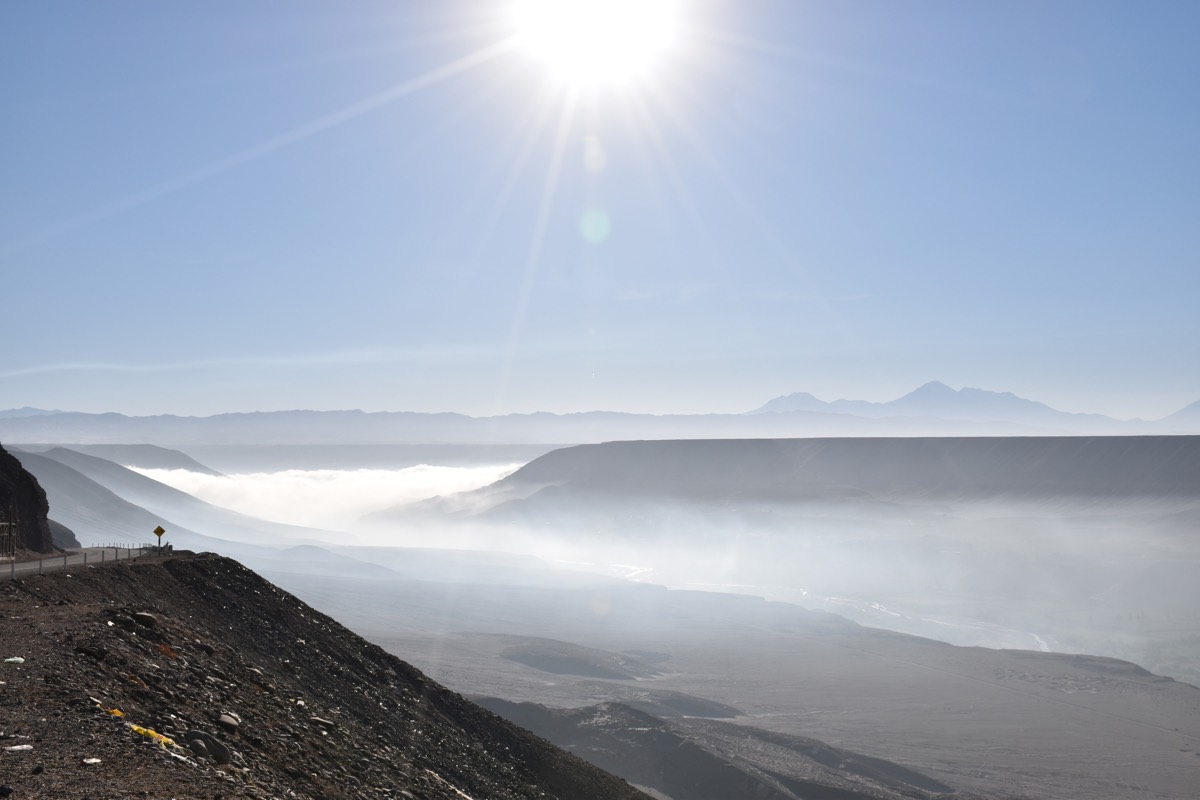
The geoglyphs are located in the Sihuas Valley in Peru near the ancient town of Quilcapampa. This photograph, taken from the Panamerican Highway, shows the Sihuas Valley draped in fog.
Trade marks
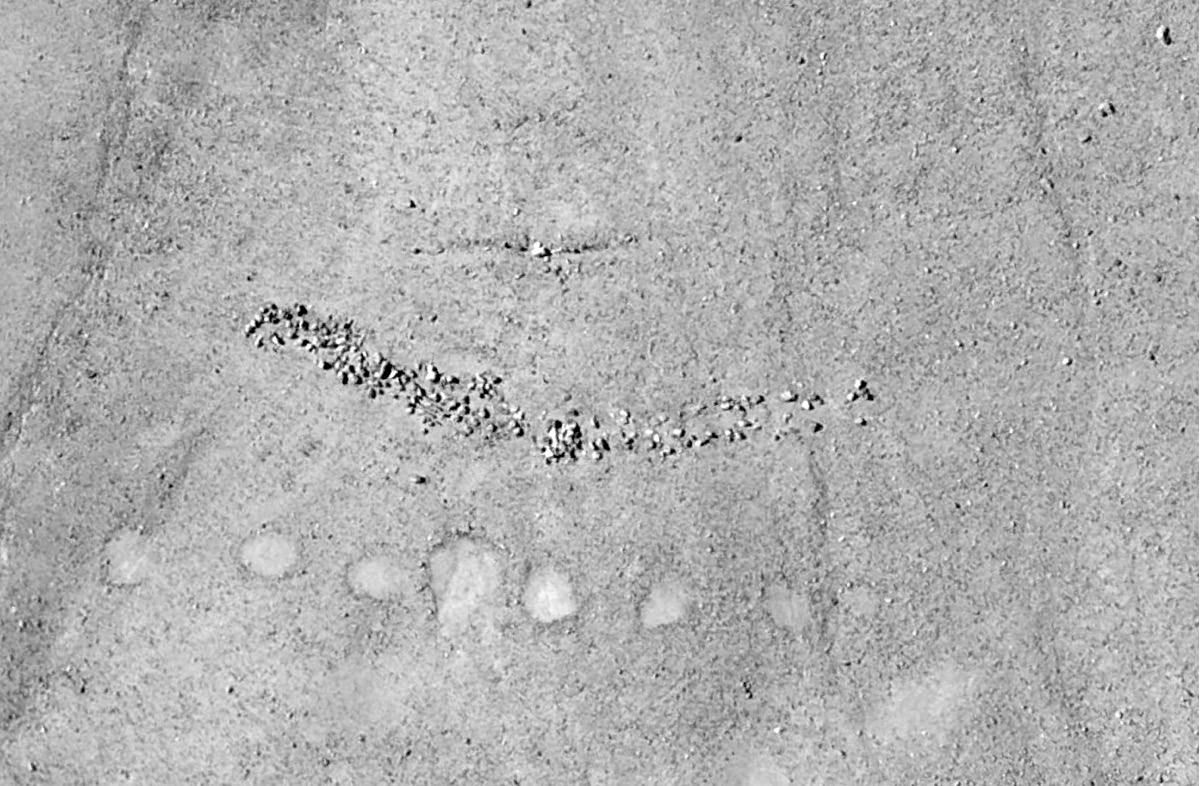
Many of the geoglyphs are very simple, consisting of little more than circles with some rocks piled nearby. They can be made very quickly. Many of them are located near an ancient trade route. Archaeologists say it's possible that ancient traders could have created the geoglyphs quickly to mark the end of a journey, or part of their trade route.
[Read the full story on the Peru geoglyphs]
Rock piles
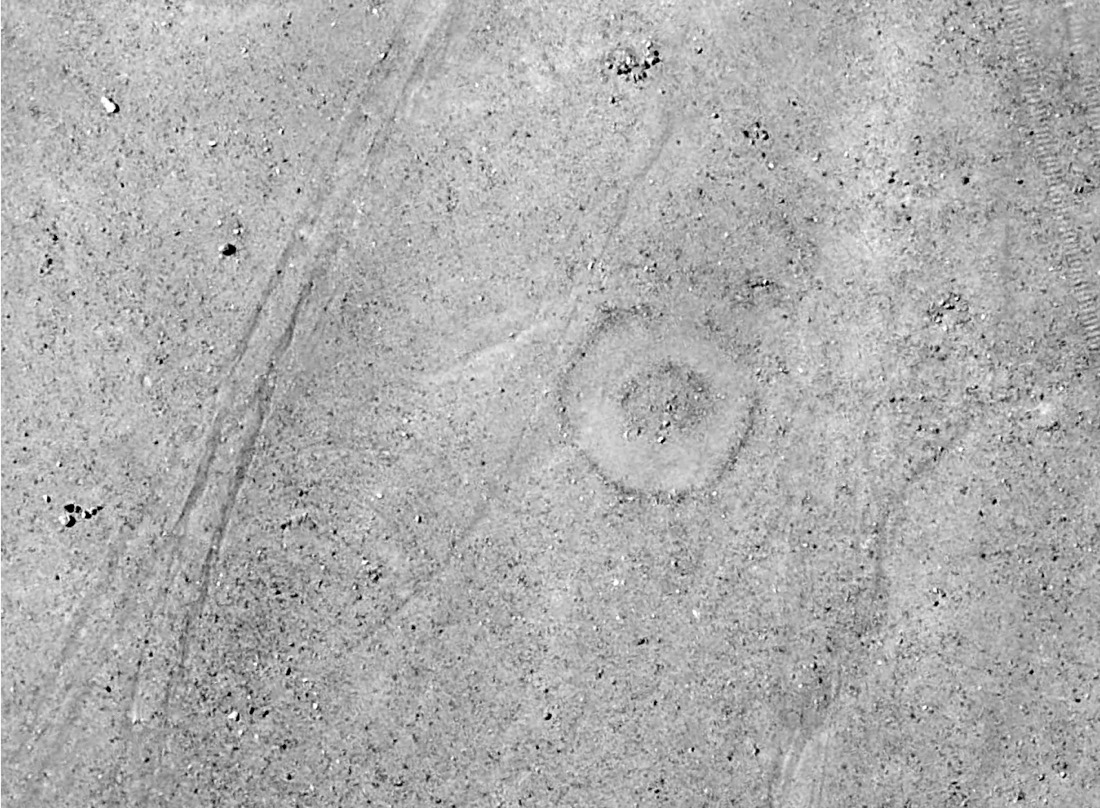
This photo shows a circle surrounding a pile of rocks in the Sihuas Valley in Peru. The rock piles, called cairns, do not seem to contain burials.
[Read the full story on the Peru geoglyphs]
Sign up for the Live Science daily newsletter now
Get the world’s most fascinating discoveries delivered straight to your inbox.
Etched into sand
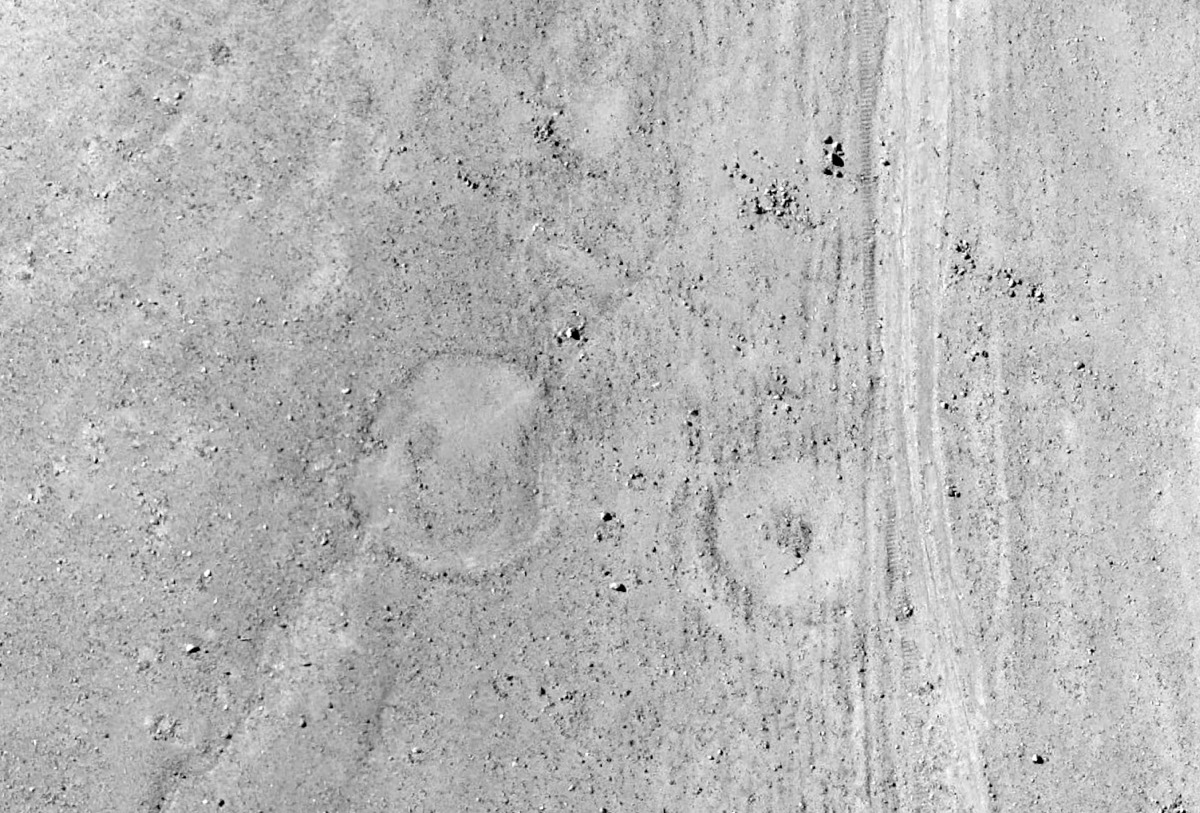
Two more circles with the remains of rock piles are seen here, in Peru's Sihuas Valley. The geoglyphs seem to have been created by removing the surface soil to reveal the sandy soil below, the archaeologists wrote in a paper set to be published in the Journal of Archaeological Science: Reports.
More circles
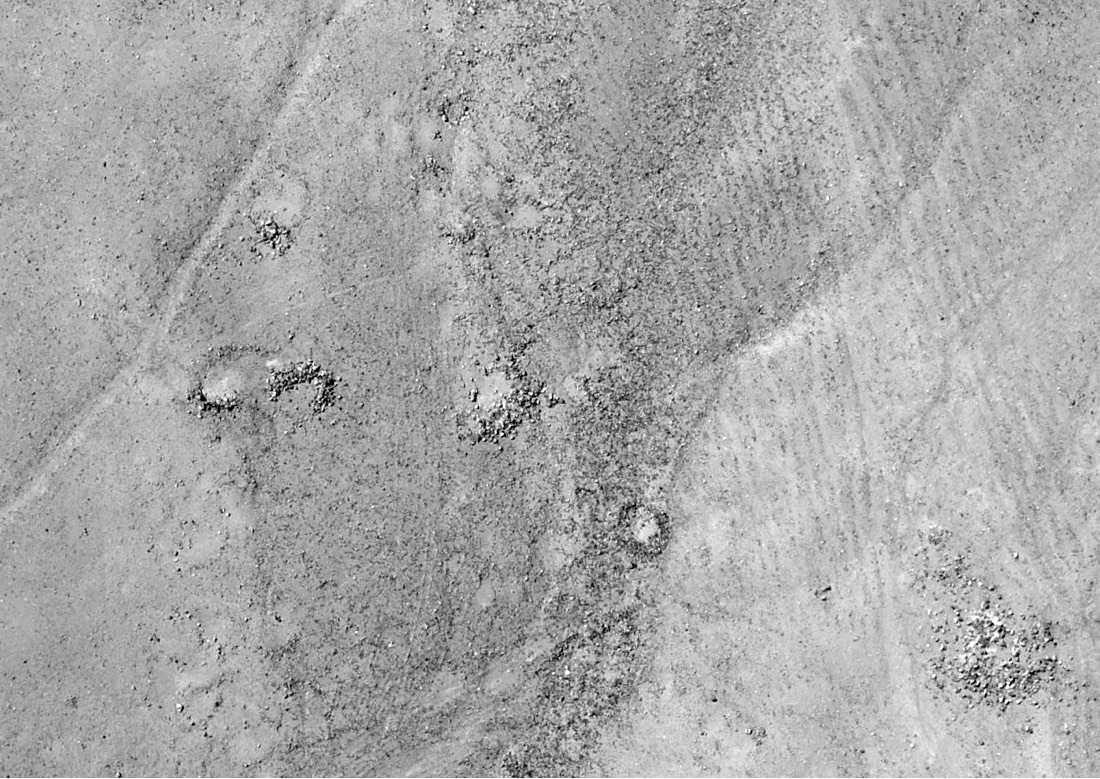
1- Several circles and the remains of rock piles can be seen in this image. The researchers found that many of the geoglyphs were created during the Late Intermediate Period (A.D. 1050 to 1400), when Quilcapampa supported a 70-hectare (173 acres) settlement that was a trade hub.
[Read the full story on the Peru geoglyphs]
Quilcapampa landscape
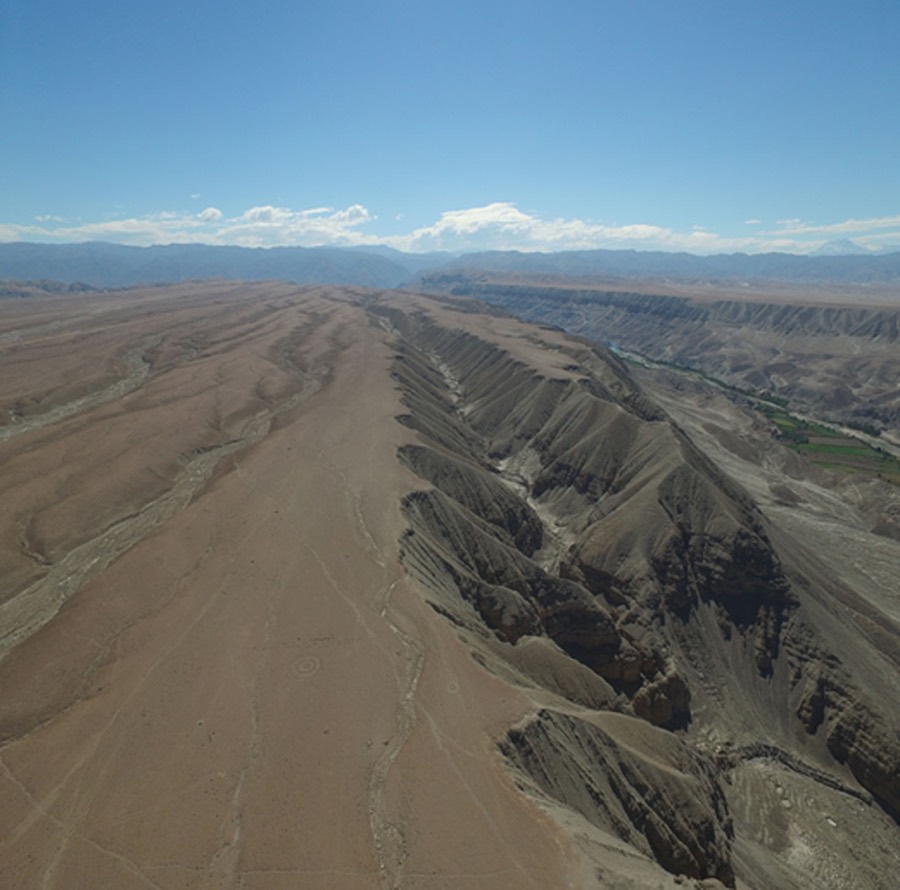
Here, part of the landscape where the circular geoglyphs are found in Peru.
Archaeologists aren't sure why the people of Quilcapampa often used such rings in their geoglyph designs. And because no writing system in the area existed at the time, there are no records to give the scientists insights into the question.

Owen Jarus is a regular contributor to Live Science who writes about archaeology and humans' past. He has also written for The Independent (UK), The Canadian Press (CP) and The Associated Press (AP), among others. Owen has a bachelor of arts degree from the University of Toronto and a journalism degree from Ryerson University.









